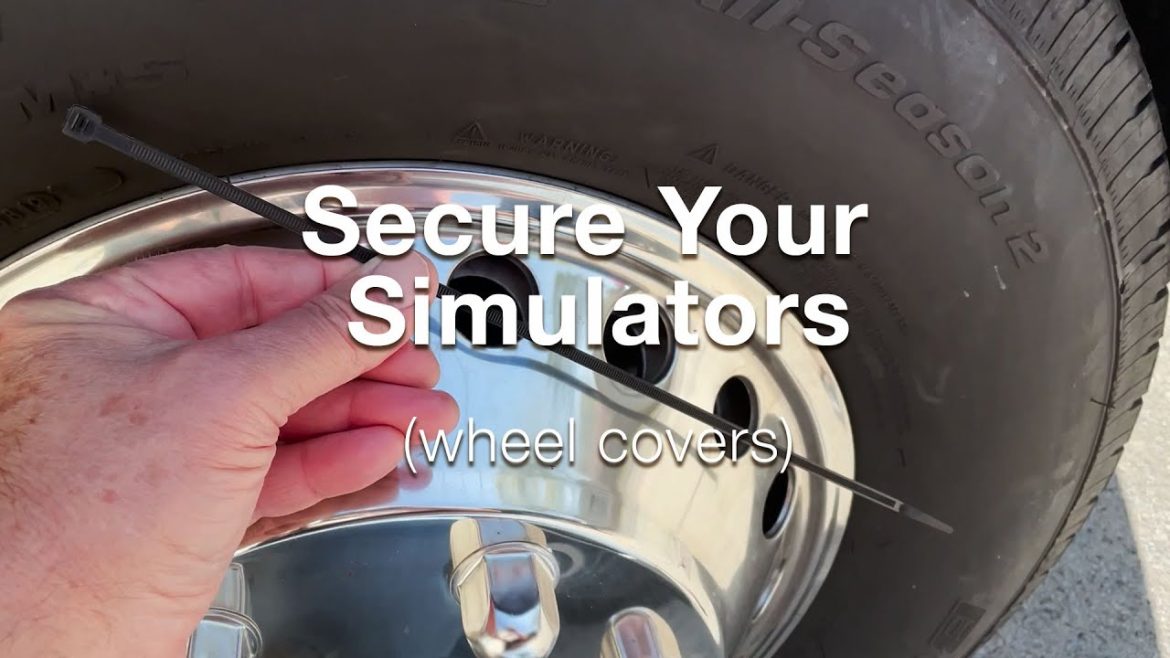Wheel simulators are a popular accessory for vehicle owners aiming to enhance the appearance of their wheels while also providing protection. Whether you’re looking to upgrade the aesthetics of your truck, RV, or trailer, wheel simulators can offer a cost-effective solution. However, navigating the market for wheel simulators requires attention to detail to ensure you get the right product for your needs. Here are some common mistakes to avoid when purchasing wheel simulators:
1. Ignoring Compatibility
One of the most crucial mistakes buyers make is overlooking compatibility issues. Wheel simulators come in various sizes and designs to fit different types of wheels. Before making a purchase, ensure that the wheel simulators you choose are compatible with your vehicle’s make, model, and wheel size. Failing to do so can result in a poor fit, which not only looks unappealing but can also affect the functionality of the simulators.
2. Sacrificing Quality for Price
While budget considerations are understandable, opting for the cheapest wheel simulators available may not always be the best decision. Low-quality simulators are more prone to premature wear and tear, which can diminish their appearance and structural integrity over time. Investing in higher-quality wheel simulators may cost more initially but can save you money in the long run by offering durability and better performance.
3. Overlooking Material and Construction
Wheel simulators are typically constructed from various materials, including stainless steel, chrome-plated ABS plastic, and aluminum. Each material has its advantages and disadvantages in terms of durability, weight, and appearance. It’s essential to research the different materials available and choose one that aligns with your preferences and requirements. Additionally, pay attention to the construction of the wheel simulators to ensure they can withstand the rigors of daily use and environmental elements.
4. Neglecting Installation Requirements
Improper installation can lead to issues such as misalignment, instability, and even damage to your vehicle’s wheels. Before purchasing wheel simulators, familiarize yourself with the installation process and any specific requirements or tools needed. Some simulators may require professional installation, while others are designed for easy DIY installation. Following the manufacturer’s guidelines and recommendations can help ensure a seamless and secure fit.
5. Forgetting About Maintenance
Wheel simulators, like any other automotive accessory, require regular maintenance to preserve their appearance and functionality. Ignoring maintenance practices such as cleaning, polishing, and inspecting for damage can result in premature deterioration and diminished visual appeal. Before purchasing wheel simulators, consider the maintenance requirements associated with the material and design you choose, and commit to a routine maintenance schedule to prolong their lifespan.
Conclusion
Wheel simulators offer a convenient and visually appealing way to enhance the appearance of your vehicle’s wheels while providing protection against debris and corrosion. By avoiding common mistakes such as ignoring compatibility, sacrificing quality for price, overlooking material and construction, neglecting installation requirements, and forgetting about maintenance, you can ensure a satisfying and long-lasting investment in wheel simulators for your vehicle. Prioritize research, attention to detail, and quality to make the most informed decision when purchasing wheel simulators.
